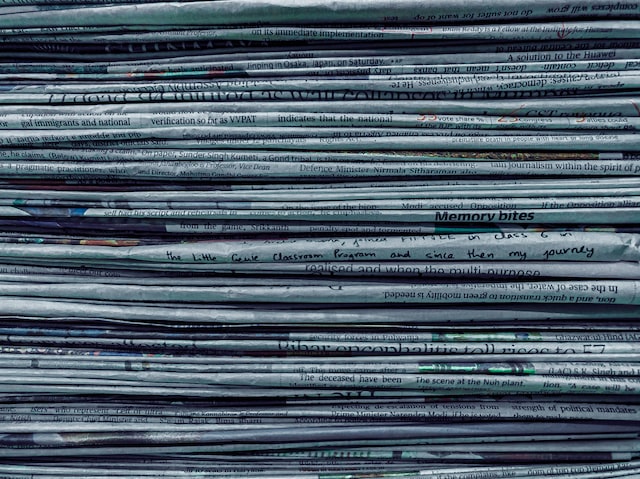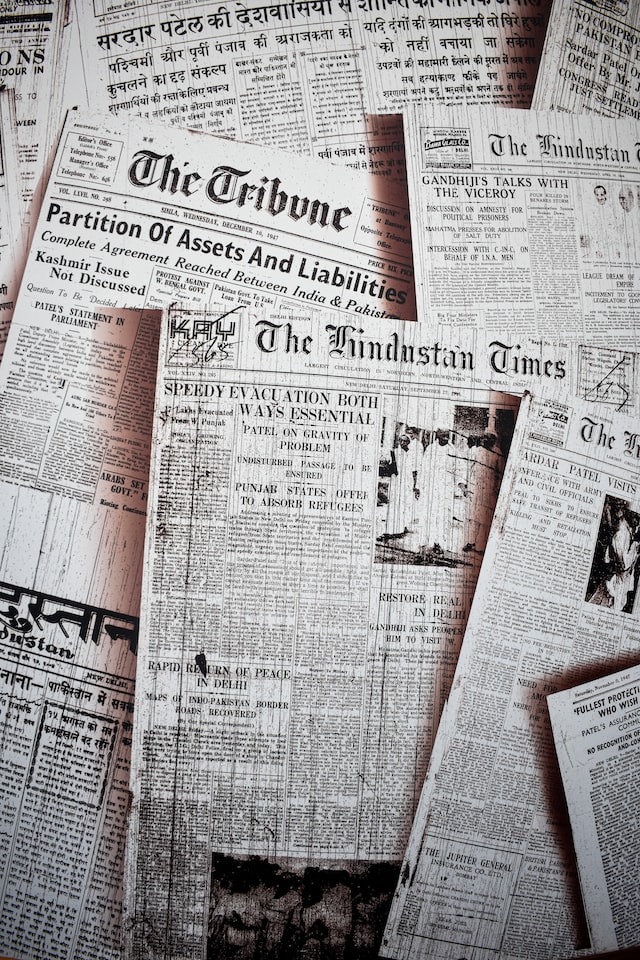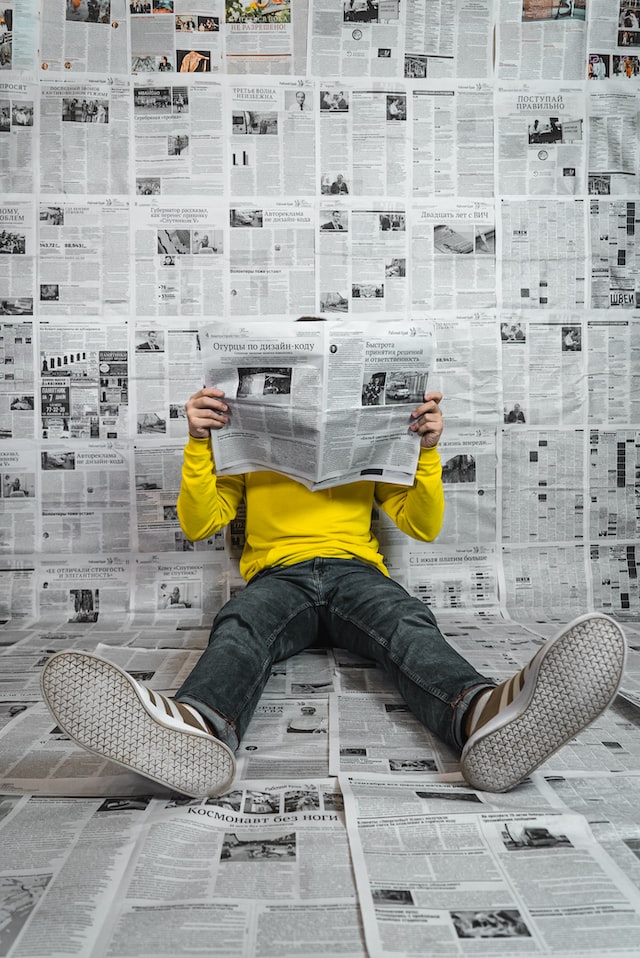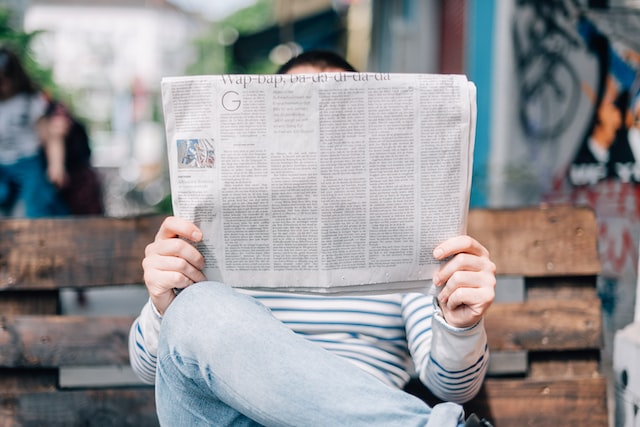Rupert Murdoch was born on 11 March 1931 on a farm 30 miles south of Melbourne, Australia, and graduated from Worcester College, Oxford University. He is a world newspaper tycoon, a leading American news and media operator, a major shareholder in News Corporation, and its Chairman and Chief Executive.
News Corporation is the world's largest multinational media conglomerate in terms of stock market value and is also known as Murdoch's Media Empire. The Murdoch press group's investments are extremely broad. In addition to publishing, it is involved in everything from propaganda media to television to oil drilling and sheep farming. As early as the 1970s, it already owned 50 per cent of Sydney TV 10, Melbourne TV 10 and Ansell Airways in the country, and ran Joy Records and a book company, among others. In a short span of 30 to 40 years, the company has grown into a media empire spanning Europe, America, Asia and Australia, with interests in broadcasting, film, television and newspapers. Under his banner are the prestigious British newspaper The Times and the American film industry's biggest studio, Twentieth Century Fox.

On 2 January 2014, media mogul Murdoch's 21st Century Fox sold its remaining 47% stake in Chinese TV company Star Media. in December 2015 National Geographic was acquired by Murdoch's 21st Century Fox.
In April 2021, the 2021 Forbes Rich List was released and Rupert Murdoch and family were ranked 71st on the 2021 Forbes Global Rich List with $23.5 billion.
Early years
Born in Melbourne, Australia on 11 March 1931. After his father, Sir Keith Murdoch, a war correspondent and chairman of the Australian Herald and Newsweek, died in 1952, Rupert Murdoch, who was studying at Oxford University in England, rushed home to take care of his affairs and inherited the Adelaide tabloid, The News. Sunday Mail and The News, while selling the others. Faced with a major rival, The Advertiser, Murdoch decided to merge with it and worked to make The News profitable. At the same time, he raised enough money to buy the loss-making Sunday Times in Perth, reviving it by reshuffling some Adelaide reporters and editors to Perth.
The first battle for Sydney
Sydney's newspaper industry was dominated by three families: the larger Fairfax and Parker families, and the smaller Norton family. Fairfax ran the Evening Sun and the Morning Herald; Parker owned the Daily Telegraph and the Sunday Telegraph; and Norton ran the Daily Mirror and the Sunday Mirror. Due to poor management, Norton transferred the Mirror to Fairfax, who also failed to make it profitable and sold it to Murdoch for $4 million. In addition to this, Murdoch acquired a number of printing houses. The Australian was launched on 14 July 1964 and in 1967 it had a circulation of 75,000.

Expansion into London
In the autumn of 1968, the News of the World, Britain's largest weekly Sunday newspaper, which belonged to the Carr family and was known for its yellow content, began to change hands. In October of that year, Murdoch bought a 40% stake in the paper. In his view, the decline in the paper's status was due to the rise in education and the popularity of television. He published a lot of lurid news in order to bring the paper back to life. Six months later, Murdoch ousted Carr, took 49% of the shares and became chairman. However, Murdoch decided that a weekly newspaper was not enough for him and he wanted to buy another daily newspaper. His first target was the Daily Mirror, but the paper was not for sale. At this time, the left-wing newspaper The Sun was facing a sale as its sales had dropped from 1.5 million to 850,000. Murdoch learned that Neville Maxwell had started negotiations and rushed to buy The Sun before he could for 1.5 million. Murdoch argued that The Sun should be run as a daily edition of the News of the World and that it should feature digest-type articles. Since then, he has been cutting staff at The Sun, bringing in experienced digest editors from Australia and increasing promotions. As a result of these measures, The Sun became a unique and innovative newspaper. Annual sales quickly climbed to two million copies. By the 1980s and early 1990s, The Sun was the largest-selling English-language newspaper on a daily basis, and in February 1981 Murdoch completed the acquisition of The Times.

Murdoch's ambitions did not stop at newspapers, as in the 1960s he acquired the rights to operate TV-9 in Adelaide. Murdoch and Southern Television Cable got Channel 9. In 1985, when 20th Century Fox in the US was in trouble, Murdoch bought the stock at a high price. At the same time, he used it to buy seven stations of the Metropolitan Media Corporation and form Fox Television, for which he sold the Village Voice and the Sun-Times. However, US law prevents non-US citizens from owning both a newspaper and a television station. In order to raise his own television network, Murdoch had to take up US citizenship. In February 1989, Murdoch launched Sky Satellite Television in the UK with four channels, which is now the mainstay of News Corporation in the UK. 1981 Murdoch took over 40% of the shares of William Collins Publishing in the UK and in 1988 he bought the remaining shares to acquire Collins.

Moving to the US
In 1973 Murdoch America acquired three newspapers in the Hart-Hanks line, for which he paid $19.7 million, which came from his newspaper groups in the UK and Australia. Since then, he has followed the old ways of pushing breaking news and increasing publicity, which has led to a gradual increase in the newspapers' circulation. He also found that American newspapers were more concerned with advertising revenue than circulation, and in late 1976 Murdoch bought the New York Post. When he discovered that the paper was not profitable, he immediately took staff from Australia and turned it into a colour magazine called The Star, which soon generated a lot of advertising revenue. He later bought New York magazine and the Village Voice and New West.
By the early 1980s Murdoch's News International Group had reached an annual turnover of $1.2 billion and he himself was one of the leading figures in journalism.

He went on to buy the Herald American in 1982 and renamed it the Boston Herald, and the following year bought the Chicago Sun-Times.
In 1983 he bought 69% of a satellite television company in London, followed by half of Twentieth Century Fox in Hollywood in the US.
In 1985, he took over six local television stations in New York, Los Angeles, Chicago, Houston, Dallas and Washington, D.C., owned by Capitol Media, the fourth largest television group in the United States, for US$1.5 billion, thus creating a sensation in the West with the "Murdoch whirlwind".
In 1998 Murdoch's bid to buy Manchester United Football Club was rejected by the British government.

In February 2023, according to the Financial Times, Rupert Murdoch, owner of Fox News, admitted that several of the channel's star commentators, including Sean Hannity and Jeanine Pirro, had "backed up" claims that the 2020 US election had been stolen from Trump. The company is preparing to face a landmark defamation lawsuit over its coverage of the election.